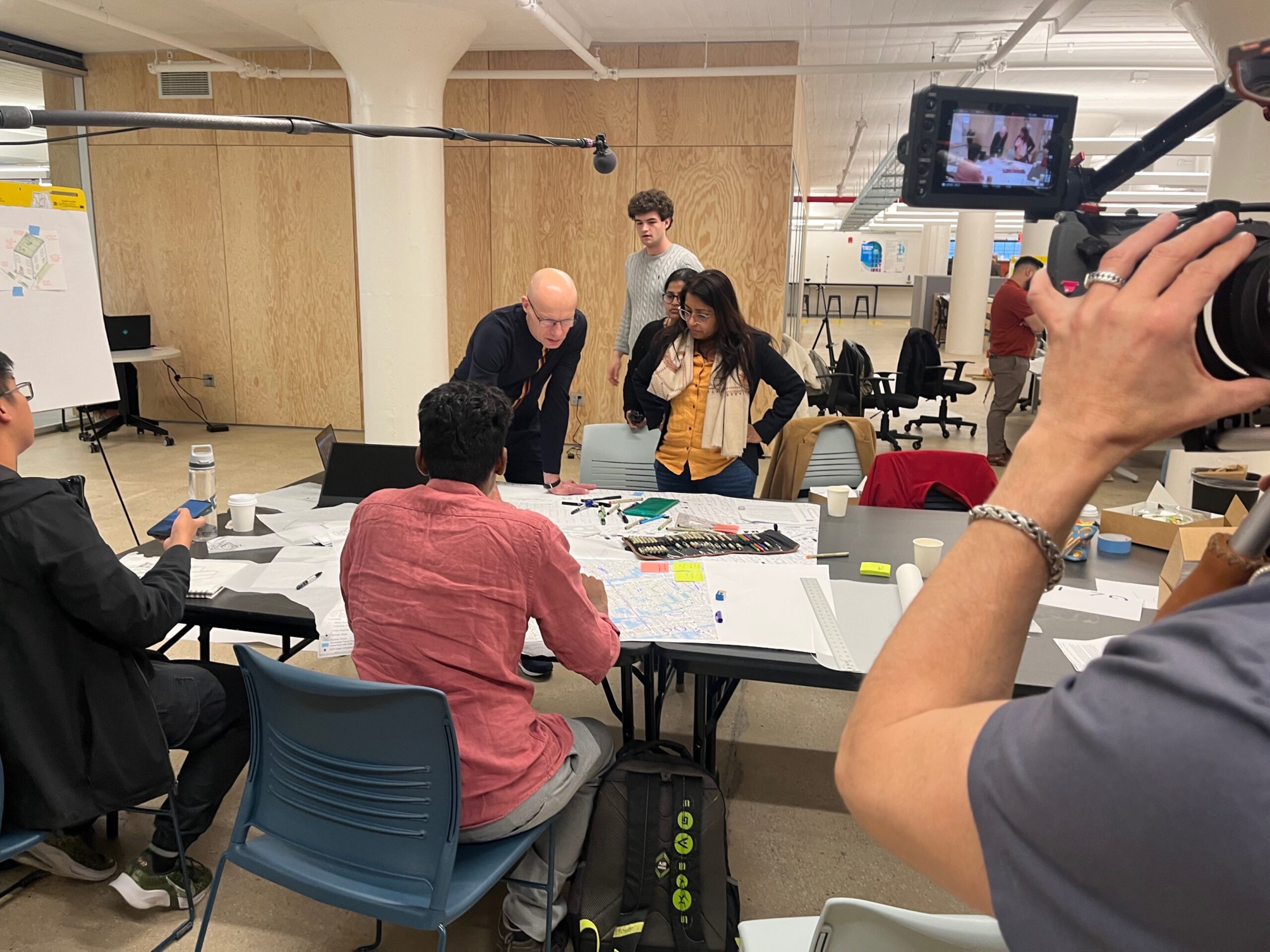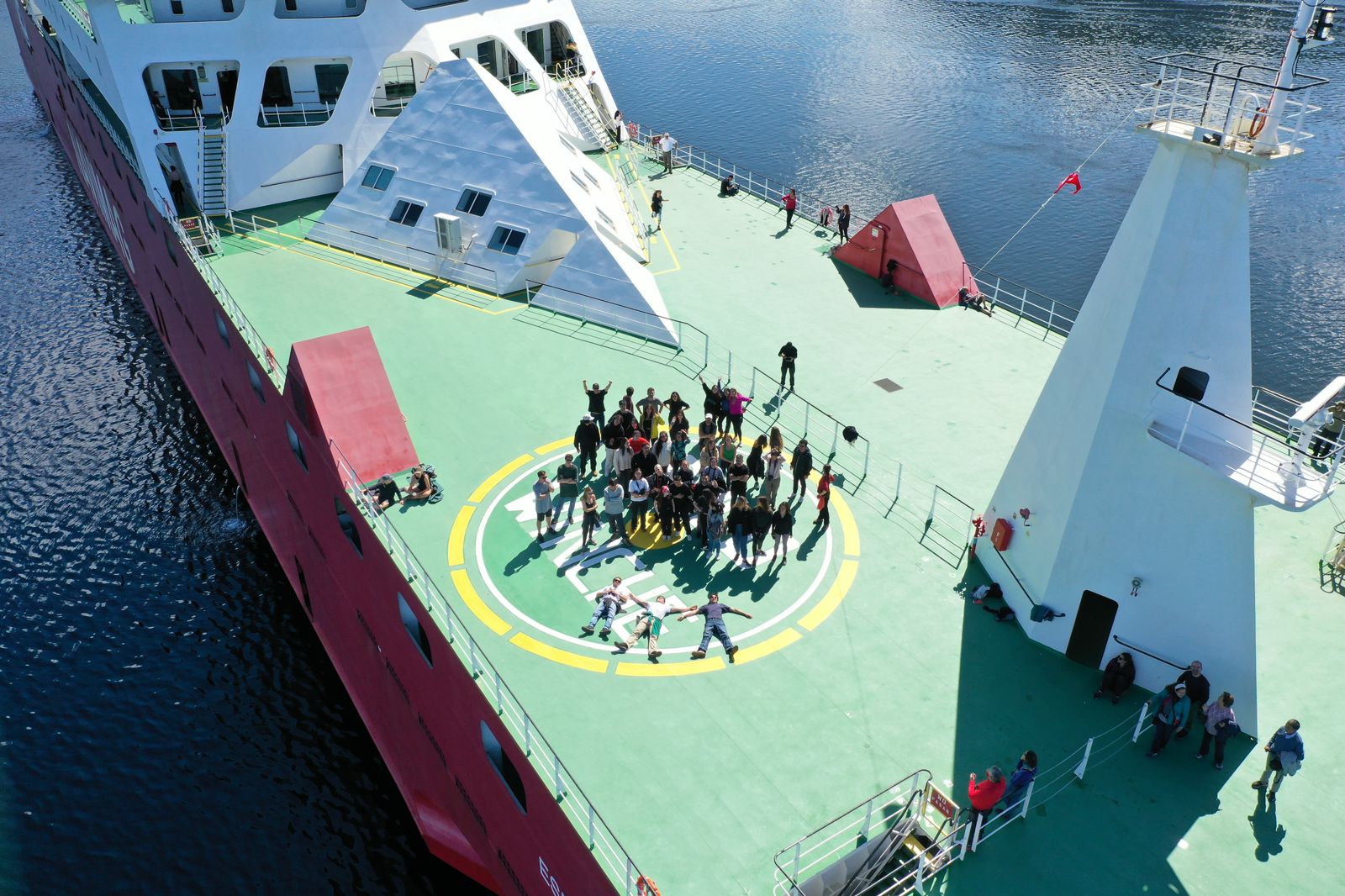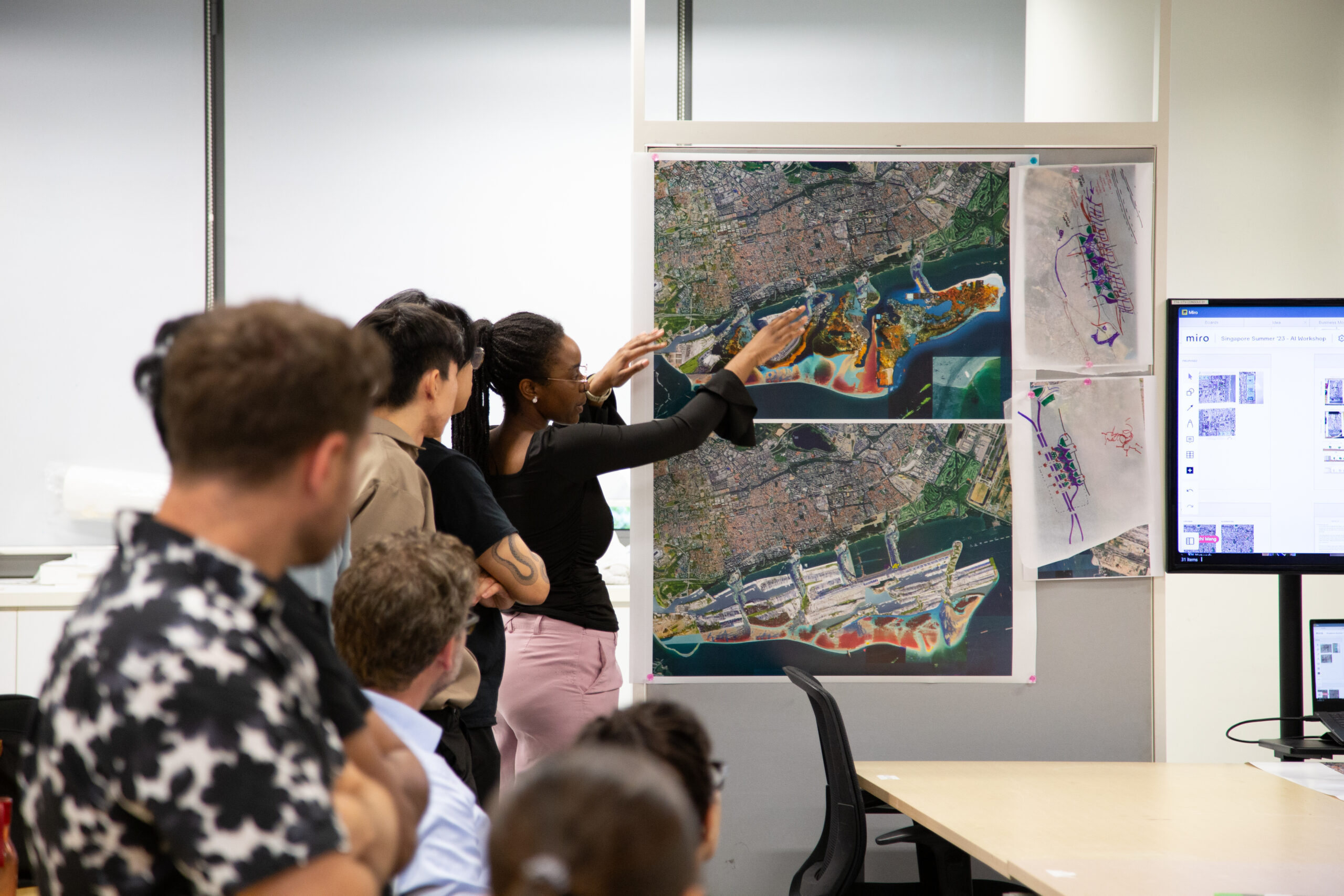Helping Island Cities Adapt to Climate Change
Helping Island Cities Adapt to Climate Change Pratt News


Pratt Institute’s Center for Climate Adaptation
The newly established Center for Climate Adaptation (CCA) at Pratt Institute is dedicated to developing research and design-based solutions to address the global climate crisis. The Center aims to promote climate adaptation, innovation, and literacy in response to the increasing climate impacts that threaten communities worldwide. Inspired by the United Nations’ Archipelago Agenda, which recognizes island cities as key players in the fight against climate change, the Center focuses on collaboration between institutions, community groups, and industry partners working on adaptation measures in archipelagos.
Leadership and Partnerships
The Center is led by David Erdman, an award-winning architectural designer and associate professor in Graduate Architecture and Urban Design (GAUD). It closely aligns with The New York Climate Exchange, a non-profit climate center on Governors Island, of which Pratt is a founding partner. The Center has engaged in research projects, public events, and knowledge exchanges with international universities, providing valuable research and learning opportunities for students.
Sustainable Development Goals
The Center for Climate Adaptation embodies Pratt Institute’s commitment to sustainability and environmental justice. It combines local community engagement with global networks and a collaborative approach to critical research across disciplines. By focusing on the Sustainable Development Goals (SDGs), the Center aims to contribute to the achievement of targets related to climate action, sustainable cities and communities, and partnerships for the goals.
Research and Projects


The Center collaborates with academic partners such as Singapore University of Technology and Design (SUTD), Pace University, Anant National University, and Universidad del Desarrollo. It also has industry partnerships with Arcadis and Inhabit Group/Egis. Together, these partnerships form a coalition of researchers from various fields, including architecture, landscape architecture, urban design, infrastructure design, and communications design. The Center focuses on developing technologies and methods to address land, water, and resource scarcity.
Impact and Future Plans
The Center’s work is highly relevant to New York City and other urban archipelagos that are experiencing rapid growth. By using archipelagos as research sites, the Center has the opportunity to develop local projects with global reach. The United Nations urges governments to allocate half of all climate investments to adaptation, both in urban and rural areas. The Center’s partnerships and research initiatives contribute to this goal and provide a model for climate adaptation efforts.
The Center operates under the Office of the Provost alongside other research centers at Pratt Institute. It has ongoing projects focused on island infrastructure, adaptive reuse, energy-efficient construction, and water supply management in New York, Patagonia, and Singapore.

The Center has partnered with the UN Water Conference, Climate Week, and plans to participate in the Singapore International Water Week and Climate Week 2024. It has also organized events such as the Condensations and Adaptations series, which bring together international institutions of higher education to explore water-related issues in urban areas. The Center’s exhibitions and public outreach activities provide opportunities for the public to learn about urban archipelagos and the work being done at the Center.
SDGs, Targets, and Indicators
1. Sustainable Development Goals (SDGs)
- SDG 11: Sustainable Cities and Communities
- SDG 13: Climate Action
- SDG 17: Partnerships for the Goals
2. Targets
- SDG 11.5: By 2030, significantly reduce the number of deaths and the number of people affected and substantially decrease the direct economic losses relative to global gross domestic product caused by disasters, including water-related disasters, with a focus on protecting the poor and people in vulnerable situations.
- SDG 13.1: Strengthen resilience and adaptive capacity to climate-related hazards and natural disasters in all countries.
- SDG 17.17: Encourage and promote effective public, public-private, and civil society partnerships, building on the experience and resourcing strategies of partnerships.
3. Indicators
- No specific indicators are mentioned in the article.
Analysis
1. Which SDGs are addressed or connected to the issues highlighted in the article?
The issues highlighted in the article are connected to SDG 11: Sustainable Cities and Communities, SDG 13: Climate Action, and SDG 17: Partnerships for the Goals.
2. What specific targets under those SDGs can be identified based on the article’s content?
Based on the article’s content, the specific targets that can be identified are:
– SDG 11.5: By 2030, significantly reduce the number of deaths and the number of people affected and substantially decrease the direct economic losses relative to global gross domestic product caused by disasters, including water-related disasters, with a focus on protecting the poor and people in vulnerable situations.
– SDG 13.1: Strengthen resilience and adaptive capacity to climate-related hazards and natural disasters in all countries.
– SDG 17.17: Encourage and promote effective public, public-private, and civil society partnerships, building on the experience and resourcing strategies of partnerships.
3. Are there any indicators mentioned or implied in the article that can be used to measure progress towards the identified targets?
No specific indicators are mentioned or implied in the article that can be used to measure progress towards the identified targets.
Table: SDGs, Targets, and Indicators
| SDGs | Targets | Indicators |
|---|---|---|
| SDG 11: Sustainable Cities and Communities | SDG 11.5: By 2030, significantly reduce the number of deaths and the number of people affected and substantially decrease the direct economic losses relative to global gross domestic product caused by disasters, including water-related disasters, with a focus on protecting the poor and people in vulnerable situations. | No specific indicators mentioned. |
| SDG 13: Climate Action | SDG 13.1: Strengthen resilience and adaptive capacity to climate-related hazards and natural disasters in all countries. | No specific indicators mentioned. |
| SDG 17: Partnerships for the Goals | SDG 17.17: Encourage and promote effective public, public-private, and civil society partnerships, building on the experience and resourcing strategies of partnerships. | No specific indicators mentioned. |
Behold! This splendid article springs forth from the wellspring of knowledge, shaped by a wondrous proprietary AI technology that delved into a vast ocean of data, illuminating the path towards the Sustainable Development Goals. Remember that all rights are reserved by SDG Investors LLC, empowering us to champion progress together.
Source: pratt.edu

Join us, as fellow seekers of change, on a transformative journey at https://sdgtalks.ai/welcome, where you can become a member and actively contribute to shaping a brighter future.







